Table of contents
Why drink garlic tea with lemon?
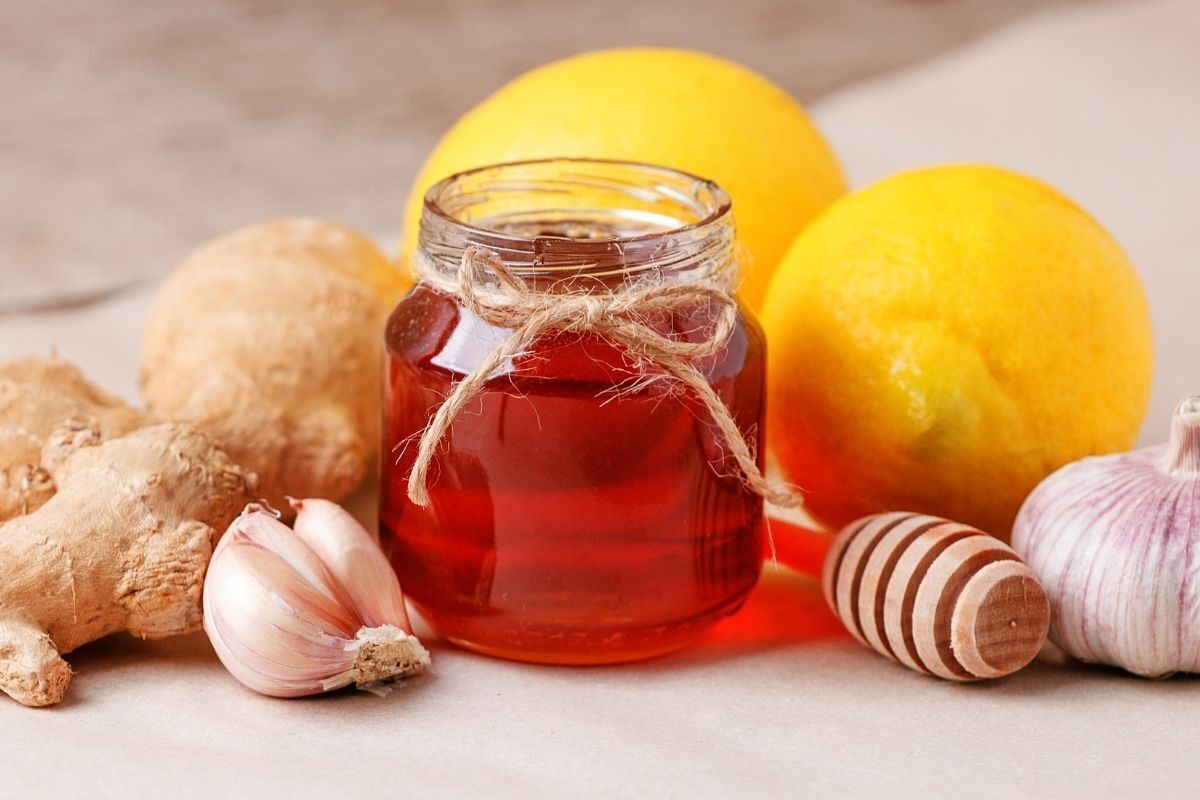
Teas are beverages prepared from herbs, plants, spices, leaves or fruits. Garlic is classified as a plant and brings to the infusions several benefits, especially the antibacterial capacity, which acts to combat cardiovascular diseases and helps improve inflammation in the body.
Lemon is a fruit that, in various ways, can be added to teas and be useful to combat diseases and illnesses related to viral infections such as flu or colds. The purpose of combining garlic with lemon is to enhance the properties of both and increase the capabilities of the immune system.
In addition to the presence of water, garlic tea combined with lemon brings to those who ingest the benefits of natural, calming, stimulating, diuretic and expectorant properties. In this article, find out more about the properties of these two foods and learn some recipes in which their combination helps to improve your health and contribute to your well-being!
More about garlic and lemon
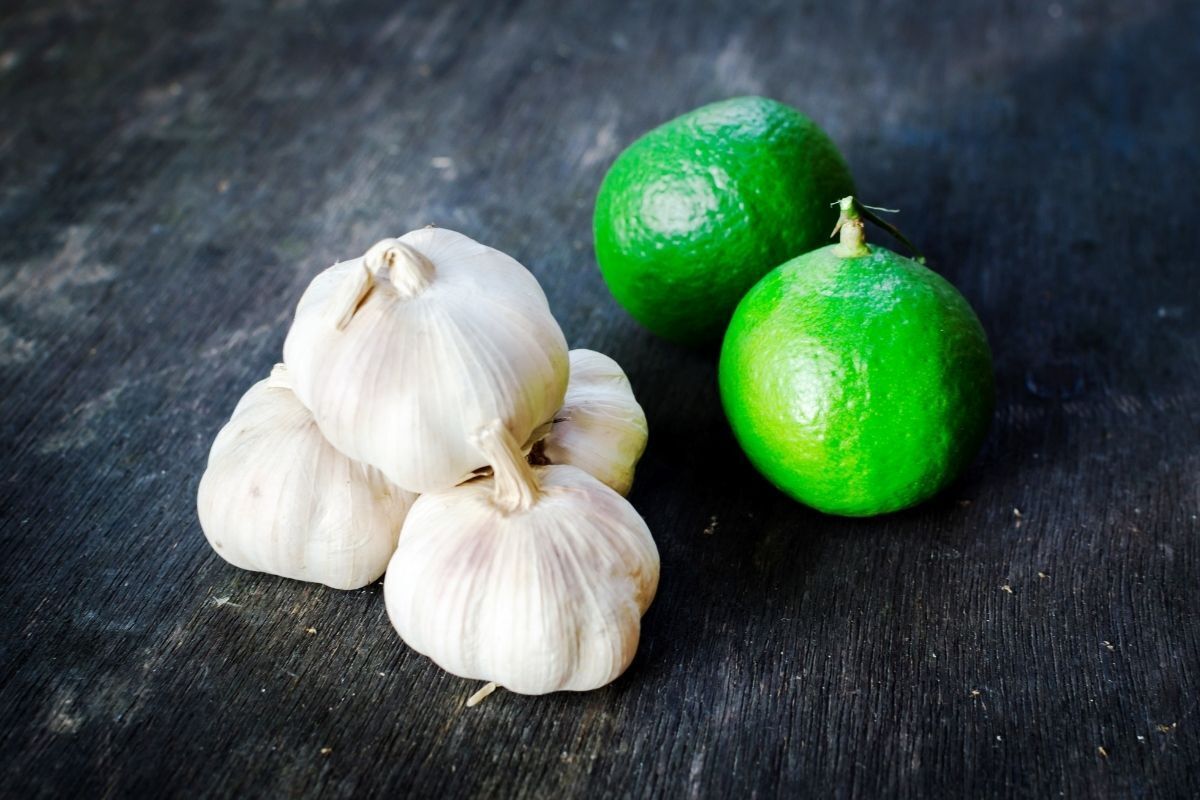
Many people do not know, but garlic is a plant commonly used for medicinal purposes, besides its application in cooking as a seasoning, which is the best known. With the lemon, the same happens: it is used as a seasoning for salads, fish and other foods, but also appears in the development of various beverages, delivering freshness and enhancing the aroma of the other elements.
The presence of garlic and lemon, which are common ingredients in our daily lives, in an infusion helps improve blood circulation and brings several other benefits to the body. Learn more about these two foods and note the suggestions for recipes below!
Garlic properties
Although it contains no calories, garlic has sulfur compounds, that is, close to the sulfur value chain. This means that it carries, in its composition, allicin, the substance that gives the characteristic aroma that we know in cooking. This substance is largely responsible for the nutritional properties of garlic.
In the plant, its bulb (known as the garlic head) has the presence of the following nutrients: vitamin C, vitamin B6, selenium, manganese, potassium, calcium and various fibers, which make this food is also highly recommended for the improvement of the digestive system. Its anti-inflammatory and antibacterial capabilities come from these assets.
Properties of the lemon
Lemon is a citrus fruit and, therefore, in its design, there is the presence of vitamin C in abundance, especially in its peel. Its juice is antioxidant, which helps prevent colds and flu.
Already its bioactive compounds, limonoids and flavonoids deliver the ability to prevent inflammation that can form free radicals. These are negative for organisms and contribute to the appearance of damaged cells.
Also known for being a great source of minerals such as potassium, magnesium, calcium and phosphorus, lemon has the function of regulating blood pressure, aiding in digestion and conditioning blood cholesterol levels and astringent functions. It is a versatile food that is even used in the aesthetic market.
Origin of garlic
There is no very certain information about the origin of garlic, but some literature points out that its appearance may have occurred more than 6 thousand years ago, in Europe or Asia. Spread to other continents through sea trade, it is believed that the food arrived in India, gaining strength as a seasoning for various preparations.
According to ancient recipes, garlic was applied just like salt, with great importance because of its strong aroma and medicinal properties. But, in the nobility, the remarkable aroma was not appreciated. Soon, it became a food of the plebeian population that, besides using it in cooking, started to include it in medicinal preparations.
Even without being present on the bourgeoisie's table, garlic was a currency of exchange in all regions. In some accounts, it is said that with seven kilos of garlic, it was possible to buy a scribe and that, until the eighteenth century, in Siberia, taxes were paid with this food.
In Brazil, the entry of the food started to be mentioned through the arrival of the caravels of the discovery of Pedro Alvares Cabral. In the ships, the food was part of the menu consumed by the crew. Although present, it took a while for garlic to enter the circuit of large-scale producers and consolidate itself as a product capable of bringing wealth to the economy.
Origin of the lemon
The lemon comes from a tree, shrub style, called lemon tree. Its reproduction is through cuttings of the branches taken from a first tree, or through seeds that need a light soil, well aired and plowed. In history, the lemon was brought from Persia by Arabs, gaining presence in Europe.
According to reports, lemons were used by the British Navy to combat the disease scurvy as a medicinal use. In Brazil, it became popular during the outbreak of the Spanish flu, in 1918, when it was used to relieve the symptoms of the disease, began to be widely consumed and had its prices raised due to demand.
But, as its production happens continuously during the year, the lemon started to be used in cooking and in the manufacture of drinks with the addition of sugar. There are several varieties of the fruit found in Brazil and in the world: tahiti, clove, Galician, Sicilian, among others.
Today, India is the world's largest lemon producer, followed by Mexico and China. Brazil is the fifth largest fruit producer.
Side effects
The constant use of garlic, whether in infusions or in daily food, can have the side effect of bad breath. Digestive problems also tend to happen through excessive use. Likewise, lemon, being an acid fruit, if consumed in excess, can contribute to the darkening of the teeth and cause intestinal discomfort.
Contraindications
Garlic is strictly not recommended for newborns. In adults, it should not be used during the healing period of major surgeries or in cases where the person has experienced low blood pressure, stomach pains or has taken medications that alter the consistency of the blood.
In addition, people who have sensitivity to citric acid should also not consume lemon. As, in the body, the acid becomes alkaline active, it can cause constant headaches. Before you combine the use of these two foods or start the consumption of some medicinal form, consult a specialist or nutritionist and get more information.
Benefits of garlic tea with lemon
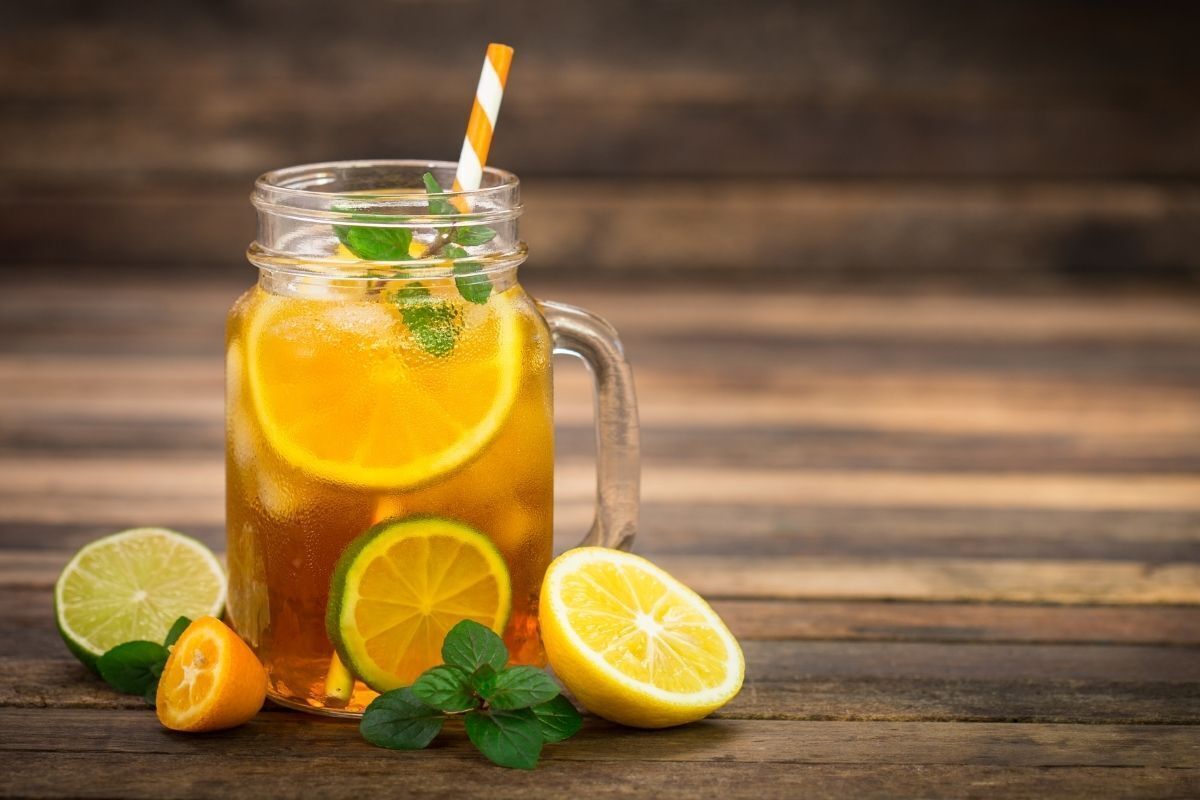
The combination of garlic and lemon in a tea creates a drink capable of uniting a large volume of medicinal actives and vitamins. When consumed, the metabolism responds by renewing the immune system and improving the conditions of the digestive, cardiovascular and respiratory systems.
Observing the antibacterial and anti-inflammatory properties present in this tea, we understand the characteristics that make this a valuable option in the fight against diseases such as colds and flu. Read on and understand, in detail, the reasons why this tea is different!
Rich in vitamin C and antioxidants
The consumption of vitamin C present in lemon is a driver of improvement in fatigue and tiredness, which contribute to increased blood pressure. This is the pressure employed by the blood against the wall of the arteries. Lemon has actives that assist in the regulation of this pressure.
Due to the presence of flavonoids in the lemon design, it also has the effect of relieving arteries and relaxing the vessels through which blood flow passes.
In addition, both garlic and lemon have, in their constitution, antioxidant substances. Because of this, the drink also becomes antioxidant and helps prevent colds and flu. It is also possible to combat small inflammations that may eventually occur in the airways.
Improves circulation
Naturally, lemon helps in the cleaning of the organism, digestion and, as a consequence, the diuretic actions of the body. Garlic also contemplates anti-inflammatory substances. United, both can act in the improvement of the blood flow and its circulation throughout the body.
Improves the respiratory system
Besides relieving the airways when we already have a cold or flu, the continuous consumption of garlic tea including lemon helps to strengthen the entire respiratory system. This happens because the microorganisms present in the body and that give rise to respiratory diseases are eliminated in perspiration and the immunity of the respiratory system increases.
Helps the digestive system
Due to their anti-inflammatory characteristics, lemon and garlic are great friends of the digestive system, also because they help prevent stomach inflammation. They can also, due to the substance allicin in garlic, cause relief in diseases where there are bacteria, causing stomach burning or heartburn.
Alkalizer
Once ingested, both lemon and garlic deliver to the blood properties known as alkalizing. That means the tea from these two foods becomes a stabilizer of acidity in the blood. This function is carried throughout the body and delivered to our various internal systems.
Detoxifier
For the protection of liver health, garlic tea prepared with lemon, for its anti-inflammatory and antioxidant actions, can be ingested with the function of detoxifying and helping to eliminate molecules known as free radicals, which act as toxins in the liver and must be removed in order to ensure proper functioning.
Anti-inflammatory
In many diets, lemon is used in juices and drinks, with the action of cleaning the body of inflammation. In tea, its use is quite similar, as it aims to cleanse the stomach and aid in the digestion process. Garlic, for its properties, has anti-inflammatory effects, giving the tea the ability to act in the body to deflate and improve metabolism.
Helps control cholesterol and is good for the heart
People who are high in triglycerides and need to lower cholesterol levels in the blood can make use of infusions in which garlic and lemon are present. Thus, these ingredients contribute to the proper circulation of blood, releasing possible barriers to the conventional flow (such as fat and others).
Garlic tea with lemon
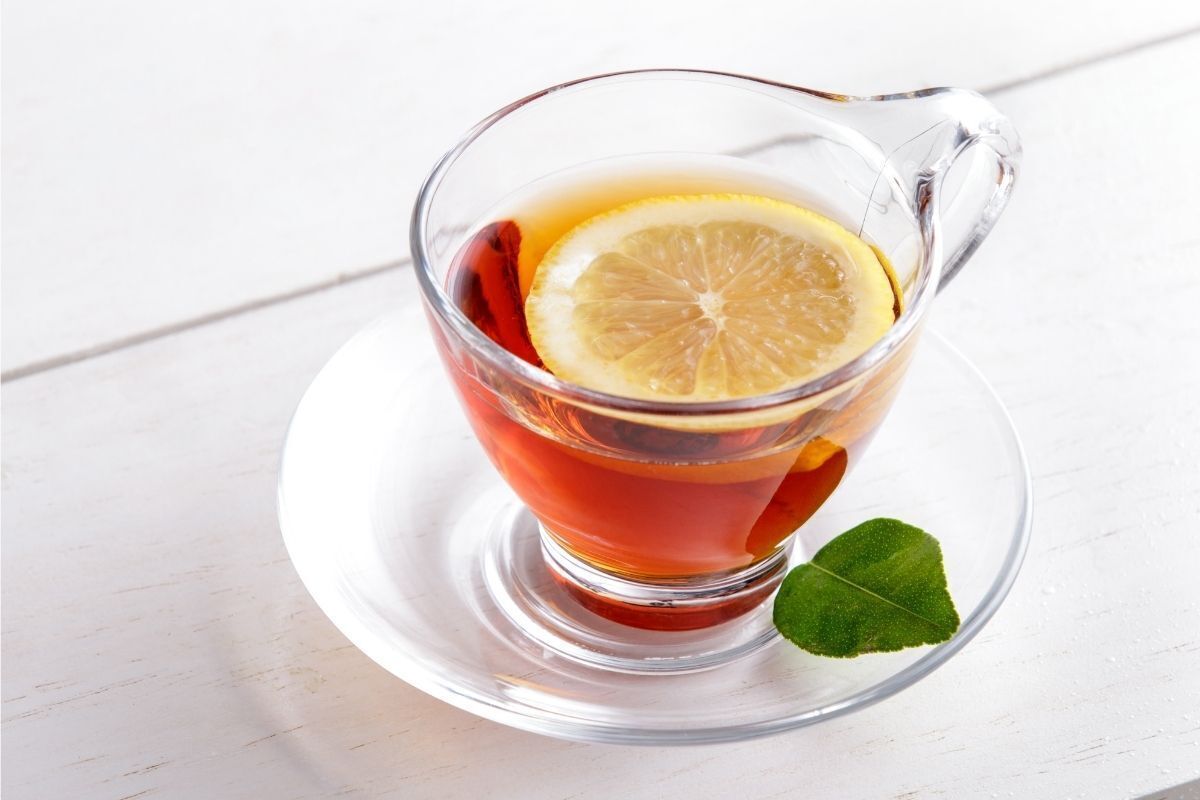
For many, lemon garlic tea is used only on occasions when one is afflicted with respiratory ailments, such as colds and flu - or in winter, when one seeks to warm the body in low temperatures.
But the consumption of this infusion can be done at any time of year, in its hot or warm version. It should be taken into account that it is a drink that can prevent the onset of diseases. Check out the indications for use and enjoy an aromatic garlic tea with lemon below!
Indications
The consumption of garlic tea with lemon is indicated for constant coughs (the dry type), in which there is irritation of the throat due to the presence of bacteria. In addition, the anti-inflammatory properties of the infusion help relieve stomach inflammation, such as heartburn and poor digestion. The tea is also recommended to treat respiratory ailments and relieve the lung.
Ingredients
To make garlic and lemon tea, we will use the garlic bulb, better known as the head of garlic. Take one head of garlic and extract 4 cloves. Also, separate 1 whole lemon and 250 ml of water. It is recommended that the tea is made only close to consumption, to avoid bitterness.
How to do
To prepare your tea, start by cutting the lemon into four parts and do not remove the peel. In a pot with a lid, place the lemon already cut and the garlic with peel, and bring to a boil over medium heat. Once boiling, cover and leave for another two minutes cooking. Turn off the heat and, with a spoon, mash the lemon, strain and consume immediately.
Garlic tea with lemon and honey
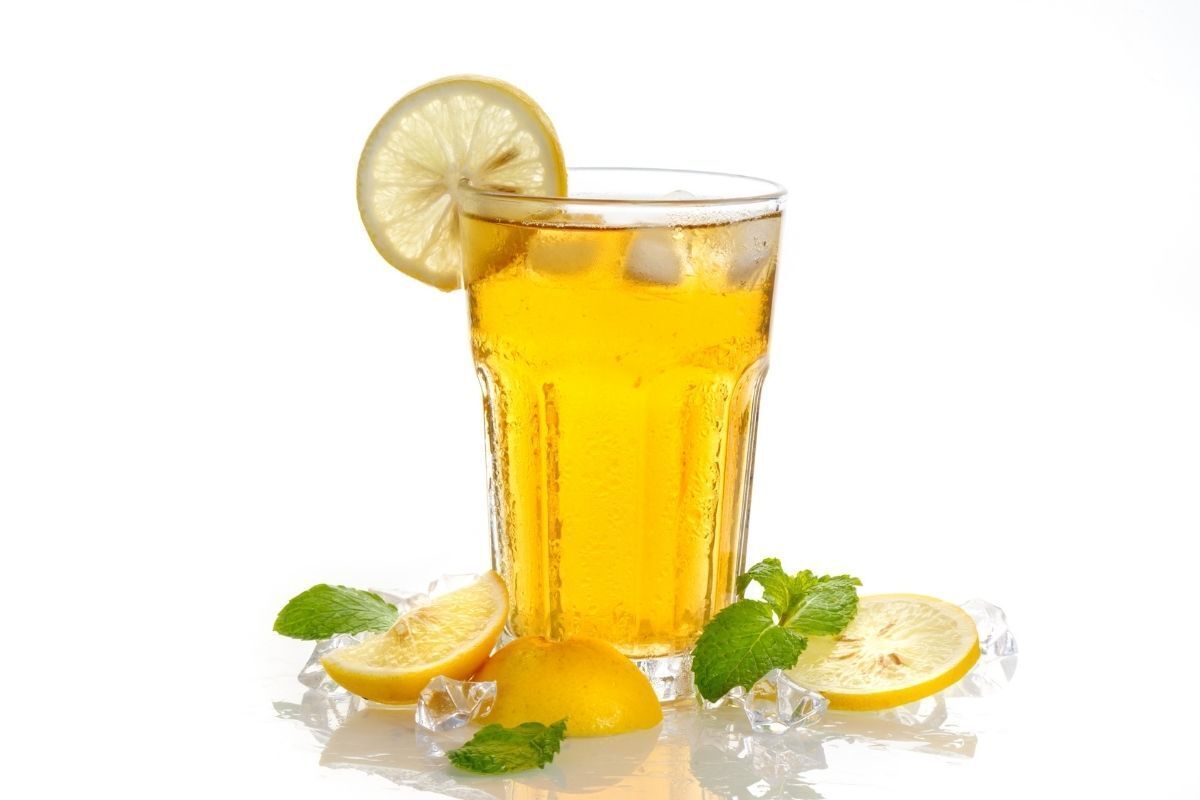
Honey is used in lemon tea in its liquid version, to enhance its antioxidant effects and bring more antibacterial actions. Both ingredients have these assets and make the tea become a great option also for the treatment of fatigue and tiredness. Learn more about this tea below!
Indications
The sweetness of honey is commonly used to flavor lemon-based drinks, so with garlic and lemon tea, it could be no different. The infusion of these three ingredients together, besides being tasty and aromatic, helps to strengthen the metabolism, improving the immune system and preventing diseases such as colds and flu.
Ingredients
To prepare garlic tea with lemon and include honey, you will need:
- 1 lemon, opting for the tahiti variety, already washed and peeled;
- Two cloves of garlic;
- Two measures (tablespoons) of liquid honey;
- Half a litre of water already boiled and still hot.
How to do
Prepare your tea as follows: cut the lemon, separating it into 4 parts. Remove the lemon juice from only one of the parts and mix the honey. Then, put this mixture on high heat, include the garlic and half a liter of water, and also add the other parts of the lemon.
Wait for it to boil and keep it for 10 minutes. Soon after, remove the fruit and garlic parts and squeeze out the rest of the juice. Leave it on the fire for another 2 minutes, sweeten with a little more honey and serve hot.
Garlic tea with lemon and ginger
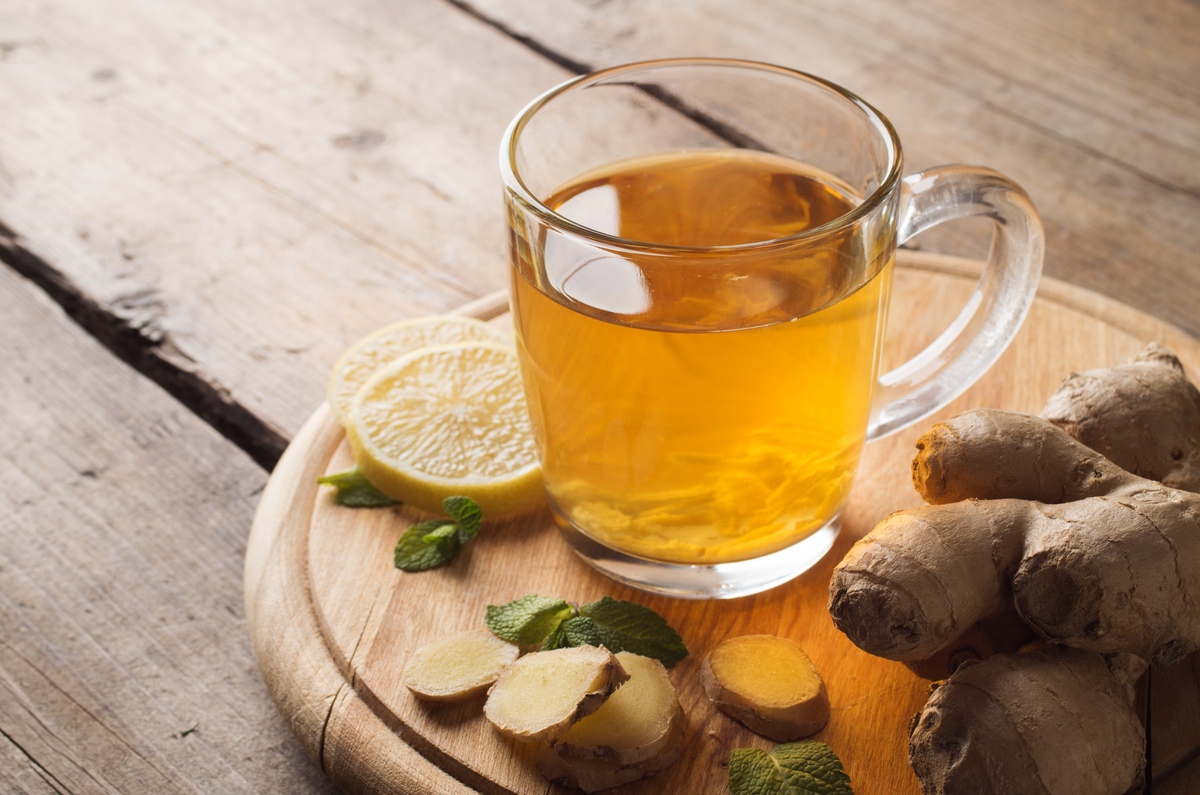
Ginger has a remarkable and sometimes spicy taste in the mouth. Like garlic and lemon, it has a strong presence when ingested. The aroma of ginger is also unmistakable when present in infusions. In addition, the junction of these three ingredients brings great health benefits. Want to know more about the benefits of garlic tea with lemon and ginger? Check below!
Indications
The ginger root is already used in many infusions and combined with various ingredients to enhance the aroma and action of beverages. But when combined with garlic and lemon, ginger becomes a key component to assist in clearing the airways, throat irritations and even in reducing chills linked to low immunity.
Ingredients
Making garlic and lemon tea, with the inclusion of ginger, is very easy.You will need:
- 3 measures (teaspoons) of ginger root, which should be fresh and preferably grated;
- Half a litre of filtered water;
- 2 measures (tablespoons) of juice of 1 lemon;
- 2 cloves of garlic;
- 1 measure (tablespoon) of honey to your liking.
How to do
Try to prepare the infusion of garlic and lemon tea only close to the time you will consume it. To begin, boil the ginger and garlic in a covered pot for 10 minutes. After that, remove the peels, which should be loose, strain and add the juice of 1 lemon. Finally, add the honey. Consume immediately, still hot.
How often can I take garlic tea with lemon?
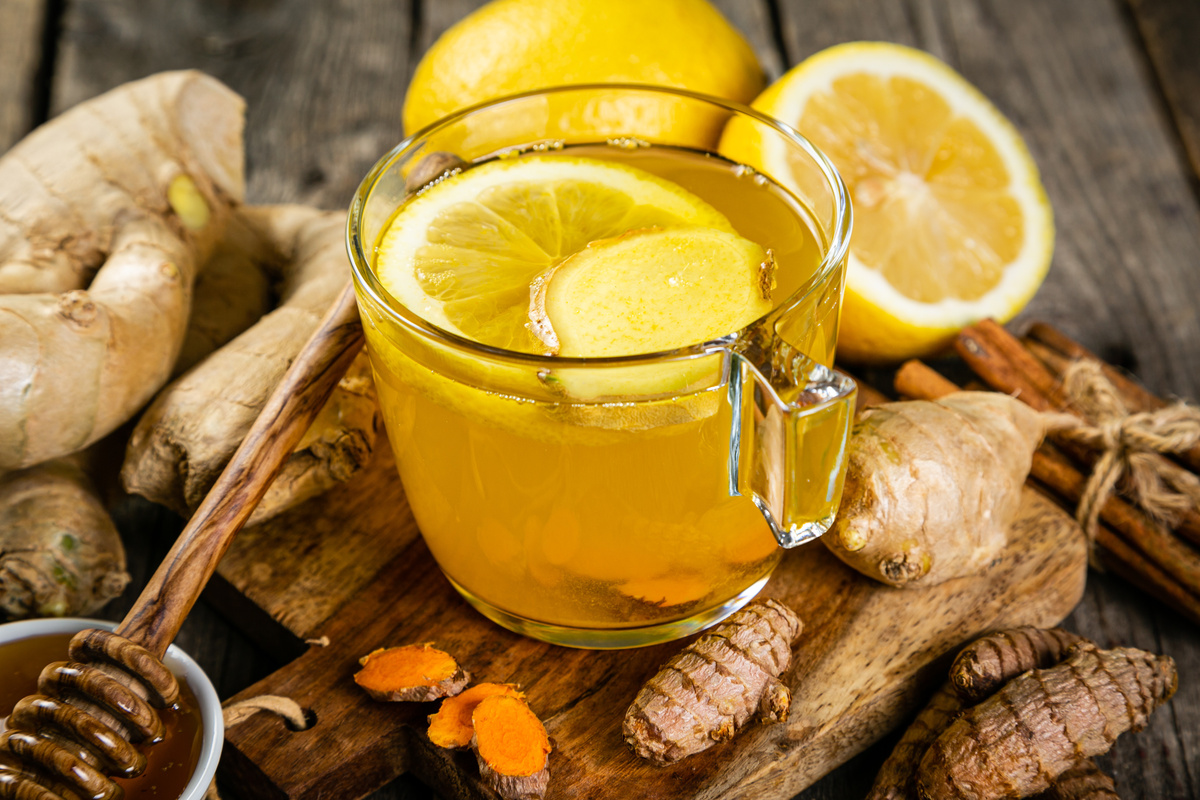
Because it is a fruit with high acid content, the use of lemon regularly should be aligned with a balanced diet and be consumed, whenever possible, in its natural and fresh version. The same goes for garlic. Still, it is necessary to observe any adverse action of your body, because small contraindications exist, just like for any other food consumed in excess.
If you are prone to stomach problems, gastritis or ulcer condition, you need to understand, along with a specialist, how to properly employ the use of garlic and lemon in your diet. In addition, you should know whether or not you can keep these uses.
If, after consuming these foods, you feel discomfort or headaches, you should check if there is sensitivity to citric acid present in lemon or the alkaline properties of garlic. You need to know your body to understand which foods suit your profile and how often you can eat them. If you have doubts, do not hesitate: consult a specialist and be more and morehealthy!

